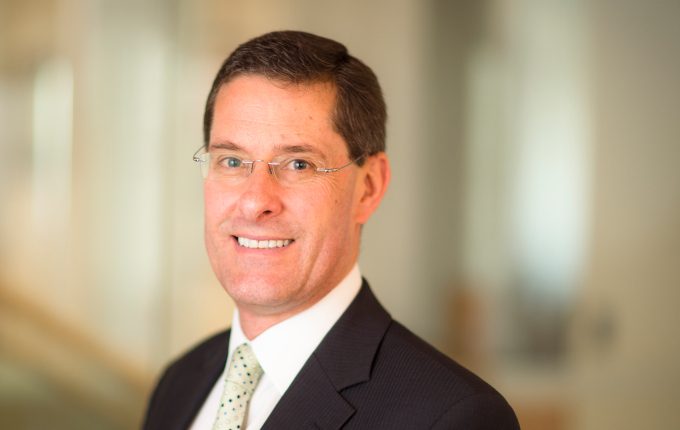As the search for yield has driven up prices of commercial properties, many pension funds are scrambling around to find investments with decent risk/return characteristics. It is a problem that Cbus hasn’t had to deal with, largely because it owns a fully-fledged property developer in Cbus Property that has a healthy pipeline of projects. Florence Chong speaks with Cbus Super’s Grant Harrison about risk management, ESG and external managers.
Register to Access this Exclusive [i3] Insights Article
Create a free account to access exclusive interviews with asset owners, revealing insights on investment strategies, market trends, and portfolio allocations.
If you already have an account you can Login .
If you have any issues registering an account please send us an email at [email protected].

